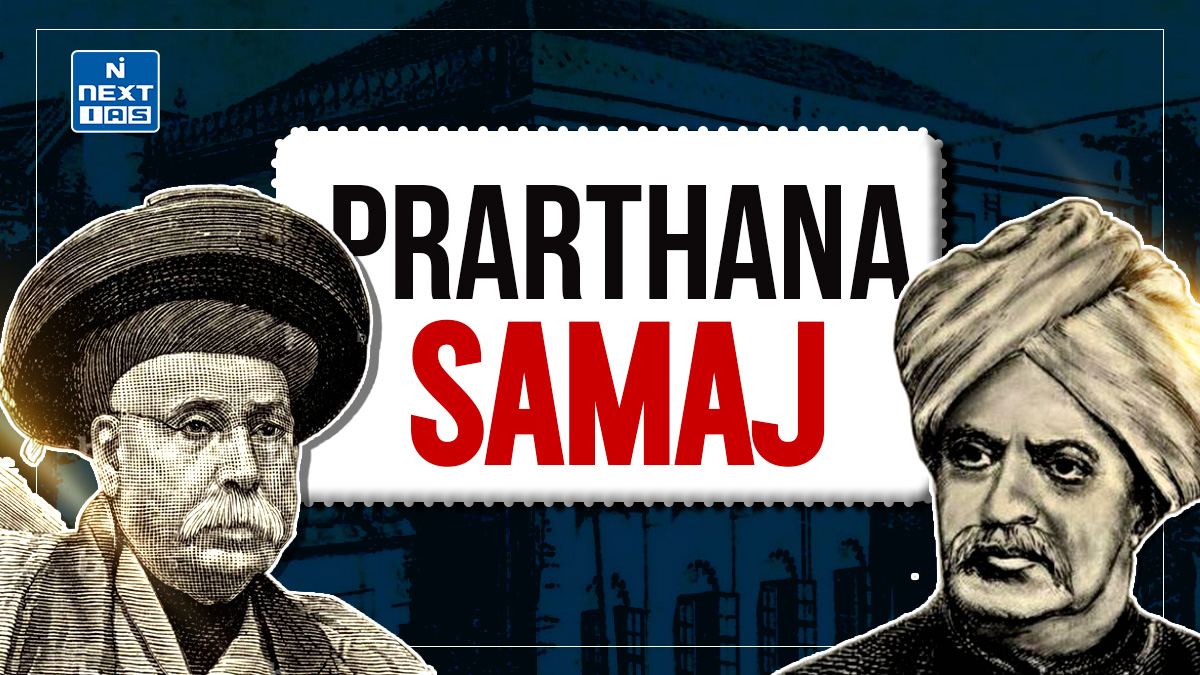
The Dutch in India established a significant trading presence in the 17th century through the Dutch East India Company, focusing on spices and textiles. Their activities challenged Portuguese dominance and laid the groundwork for European competition in the Indian Ocean trade. This article aims to study in detail the rise, influence, and eventual decline of the Dutch in India, exploring the economic and political factors that shaped their journey.
About Arrival of Dutch in India
- After the vacuum created by the fall of the Portuguese in the East, the arrival of the Dutch in India took charge of these territories.
- In the 16th century, the arrival of the Dutch in India steadily increased their commercial and naval superiority. They transported goods brought to Lisbon by the Portuguese.
- The Dutch defeated the Portuguese and built Fort William in modern Kochi in 1663.
- The first Dutch company in Bengal was set up in Pipali (1627) and later in Chinsurah (1635).
- The Dutch in India were the first to start a joint stock company to trade with India.
Dutch Rise in India
- The Dutch rise in India began in the early 17th century with the establishment of the Dutch East India Company (VOC) in 1602.
- Initially focused on trade in spices, particularly from the Maluku Islands, the Dutch in India sought to challenge the Portuguese dominance in the region.
- The Dutch in India established trading posts in key locations, including Pulicat and Cochin, and later expanded their influence to the Coromandel Coast and the Nicobar Islands.
- The Dutch in India adopted a strategy of both diplomacy and military strength, often engaging in conflicts with local rulers and competing European powers.
- By the late 17th century, the Dutch in India had become significant players in the Indian Ocean trade.
- However, their influence waned in the 18th century as the British and French expanded their foothold in India.

Political Causes
The rise of the Dutch in India was largely driven by several political factors:
- Vacuum Created by the Portuguese Losses: As the Portuguese empire weakened due to internal conflicts, rigid aristocracy and poor strategic planning on the eastern trading posts, it created a vacuum that the Dutch filled.
- Nationalistic Feeling: The arousal of nationalistic feelings among the Dutch in India in their struggle against Spain’s domination of their homeland helped the Dutch rival Portugal (which had then been attached to Spain) in the spice trade in the East.
- Fluyt Ship: The Dutch in India built Fluyt ships, masterpieces of the Dutch shipbuilding industry. These ships were lighter, could carry more cargo, and required fewer people to operate than their peers. The Dutch in India helped reduce operating costs. Eventually, these ships proved superior to the bulkier and slower Portuguese ships.
- Indian Cloth Trade: The Dutch in India initially had interests in the spices trade in the Indonesian archipelago and Spice Islands, but soon realised the importance and necessity of Indian cloths in trade with Southeast Asia, where they were in good demand.
- Factories at Malabar and Ceylon: Dutch factories in Malabar and their Cinnamon trade with Ceylon struck decisive blows to the Portuguese control of Goa. This presence also helped block Goa during the trading seasons.

Economic Causes
The rise of the Dutch in India was largely driven by several economic factors:
- Trade Monopoly: The establishment of the Dutch East India Company (VOC) allowed the Dutch to monopolise the spice trade, particularly in nutmeg, cloves, and pepper. This focus on high-demand spices positioned them advantageously against competitors.
- Efficient Trade Networks: The Dutch in India developed efficient maritime trade routes and established a trading posts network, facilitating quicker and more profitable trade with Europe and other Asian markets.
- Strategic Locations: The Dutch in India established vital trading posts in strategic locations, such as Cochin and Pulicat, which enabled them to control trade routes and access valuable resources.
- Investment in Ships and Technology: The VOC invested heavily in advanced shipbuilding and navigation technology, which improved their trading capabilities and reduced costs.
- Agricultural Products: Beyond spices, the Dutch in India capitalised on the demand for farm products such as sugar, cotton, and indigo, further enhancing their economic interests in the region.
- Competitive Pricing: By cutting out middlemen and dealing directly with producers, the Dutch in India could offer competitive prices, attracting local and regional trade partners.
First Dutch Factory in India
- The first Dutch factory in India was established in 1605 at Masulipatnam (now Machilipatnam) on the eastern coast in present-day Andhra Pradesh.
- The Dutch, arriving in India primarily as traders under the Dutch East India Company (VOC), set up this factory to participate in the lucrative spice trade and compete with the Portuguese, who had already established trading posts in the region.
- The Masulipatnam factory began Dutch commercial activities in India, eventually leading to a network of factories across coastal areas such as Pulicat, Surat, and Cochin.
- These outposts helped the Dutch become key players in the Indian Ocean trade during the 17th century.
Dutch Decline in India
- Agreement between Dutch and British: In 1667, the exchange of Dutch East India Company Indian holdings with that of the Indonesian holdings of British East India Company, in an attempt to settle the intermittent conflicts between the two trading companies, left India to the British East India Company.
- Interests in Spice Trade: The Dutch main interest was not in India but in the trade with the Indonesian Islands. Thus, they could have foreseen the fortunes India held.
- Corruption: The declining fortunes of the Dutch East India Company in India were due to continuous confrontations with the British East India Company. The Dutch East India Company officials colluded with British EIC officials for safe passage. This weakened the Dutch East India Company’s possessions, ultimately leading to the Dutch moving out of India.
- Steady Increase in British Influence: The steady increase in British influence, as a result of the privileges received by it, enabled it to establish a hold over trade in indigo and silk, among other items, which resulted in the decline of Dutch fortunes.
- Naval Setback: The failure of the Hugli expedition in 1759 severely hampered the Dutch maritime power.
Conclusion
Despite their initial successes and significant influence in the Indian Ocean trade, the Dutch ultimately faced challenges that led to their decline in India. A combination of shifting economic interests, corruption, and increasing competition from the British East India Company gradually eroded their position. By prioritising the spice trade in the Indonesian archipelago over the potential of Indian markets, the Dutch failed to maintain their foothold in India. The eventual agreements with the British and military setbacks further solidified their retreat from the region. Thus, while the Dutch made noteworthy contributions to the economic landscape of India during their time, their influence dwindled as British power grew, reshaping the future of colonial trade in the subcontinent.
GS - 1




